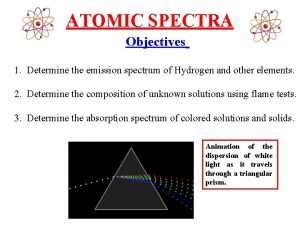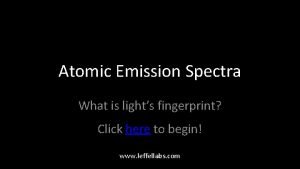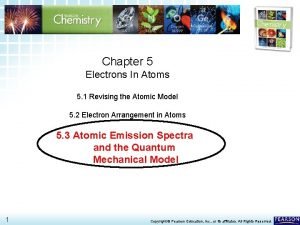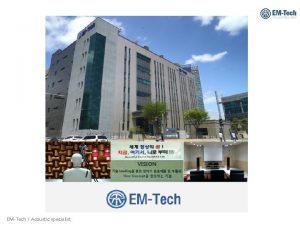Lase Acoustic Emmision Thermal Technique for Investigating FillerMatrix


- Slides: 2


Lase Acoustic Emmision Thermal Technique for Investigating Filler/Matrix Interaction in Dental Composite n Due to development of data acqusition system, a new technique called Laser Acoustic Emission Thermal Technique has been successfully used to study the interfacial bonding status in epoxybased composites. Laser heating of dental composite will produce acoustic emission (AE) which may be related to fracture in dental composites. Storage in a food simulating liquid, i. e. , 75% ethanol, having a solubility parameter approximating that of Bis-GMA resin has been shown to dramatically affect its mechanical properties. If AE is an effective tool for monitoring fracture process in dental composite then the composites' response to storage in 75% Et. OH should be of interest. In this study, mechanical properties and laserinduced acoustic emission of ethanol-aged experimental dental composites were studied to evaluate filler/matrix interaction inside the materials. Model resin(75/25 Bis-GMA/TEGDMA)and model composites (filler content 12. 6, 30. 0 and 56. 5 vol% silanated/unsilanated 8μm Ba. Si. C 6) were fabricated into 3. 47 mm diam. x 7. 3 mm length, 4. 65 mm diam. x 2. 2 mm thick and 4. 65 mm diam. x 0. 5 mm thick specimens, respectively, for compressive, diametral tensile and LAETT tests. Before test, the specimens for mechanical tests were soaked in 37℃ 75% Et. OH for 0, 1, 7, 14 and 30 days and those for LAETT test for 0, 1, 3, 7 and 14 hours. A continuous wave CO 2 laser (Ultra Lasertech RFCL-28)was used at several power levels in the range of 1 to 5 watts, which can be read and adjusted by a beam splitter and a power meter. Acoustic emission was detected by a high-sensitivity transducer (Model R-30), then filtered and processed by MISTRAS 2001(Physical Acoustic Corp. , with built-in 20 d. B gain and 10 -1200 k. Hz bandpass filter) with a 1220 A preamplifier (40 d. B gain and 100 - 300 k. Hz bandpass filter). Detected AE signals were converted to digital parameters such as hit, count, energy and amplitude. The fractured surfaces of mechanical test and laser-heated specimens were examined by a scanning electron microscope (Hitachi S-2400, Japan). The results showed that mechanical properties are enhanced by increasing of silanated filler content but overall reduced after ethanol storage. Acoustic emission generated by laser heating is dependent on the filler volume fraction, filler silane treatment, amount of laser power and storage time. Generally Acoustic emission increased with laser power up to 5 watts except for high resin-rich (0 vol% and 12. 6 vol%) groups. The amount of AE signals generated by the same laser power followed the trend: model resin group > 12. 6 vor% group>30. 0 vol% group > 56. 5 vol% group, as well as unsilanated group>silanated group. The acoustic signal released from the model resin produced a low amplitude clusterring pattern at 1 -2 watt laser power, indicating the resin microcracking. The thermal stress-induced acoustic emission of high filler content composite (56. 5 vol%) can be explained by thermal shock resistance property of brittle material. The increased thermal expansion coefficient of unsilanated composites by ethaol storage might be correlated with the decreased filler/matrix interfacial bond stregth. Laser-induced AE appears to be a valuable adjunct to conventional mechanical testing



